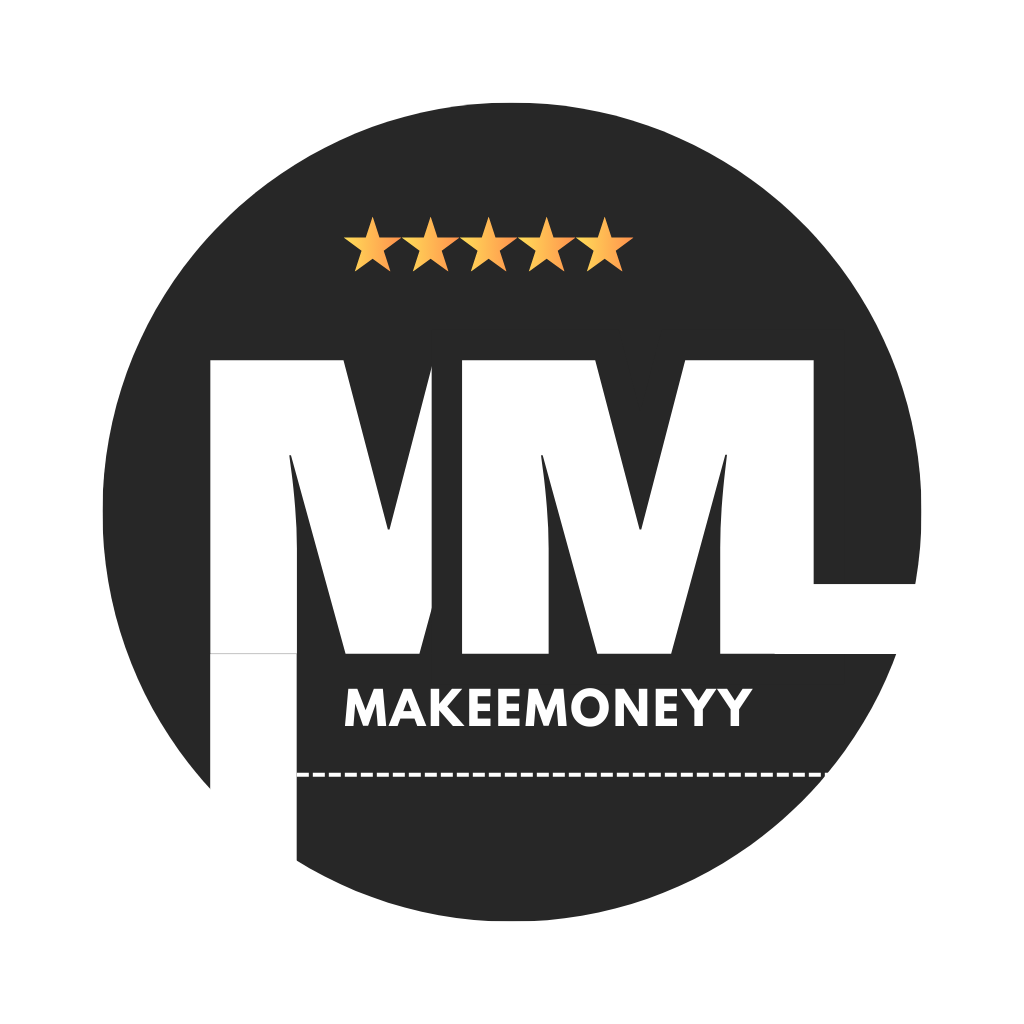How to Sell Digital Products Online: A Step-by-Step Guide for Beginners in 2024
In the age of the Internet, the online sale of products is a very attractive opportunity for entrepreneurs and creatives alike. Much more than that, digital products stand out in that they do not require an inventory at all, have few expenses on infrastructure, and can be dispersed around the globe in just an instant. Whether you are a well-experienced entrepreneur or a first-timer, this will serve as a guide for selling digital products online with success in 2024.
Step 1: Choose Your Digital Product
Before you start selling, you need to decide what digital product you want to offer. Popular digital products include:
- E-books: are perfect for authors and experts in specific fields.
- Online Courses: are ideal for educators and professionals with expertise to share.
- Printables: These include planners, checklists, and templates.
- Software or Apps: For developers, creating a useful tool or app can be highly profitable.
- Digital Art & Design: Perfect for artists and designers looking to sell their work.
Choose a product that aligns with your skills, interests, and target market.
Step 2: Research Your Market
Knowing your target audience is paramount to the success of any digital product. Do market research to see what needs, preferences, and pain points potential customers are showing. This can be done with the help of tools like Google Trends, online surveys, and competitor analysis. The idea is to bring up a product that solves a problem or fills a need for your audience.
Step 3: Create Your Digital Product

Once you’ve identified your product and target market, it’s time to create your digital product. The creation process varies depending on the type of product.
- E-books: Write your content, format it professionally, and create an eye-catching cover.
- Online Courses: Plan your course structure, create video lessons, and supplement with additional materials like quizzes or worksheets.
- Printables: Design your templates or planners using graphic design software.
- Software/Apps: Develop the software, test it thoroughly, and refine it based on feedback.
- Digital Art & Design: Create your art using digital tools, ensuring it’s high quality and properly formatted for sale.
Ensure your product is polished, professional, and ready for market.
Step 4: Choose a Platform to Sell Your Product

Choosing the right platform to sell your digital product is critical. Here are some popular options:
- Etsy: Great for printables, digital art, and craft-related items.
- Gumroad: is an easy-to-use platform for selling various digital products, including e-books and software.
- Teachable or Udemy: Ideal for selling online courses.
- Shopify: is perfect if you want to set up your own online store with more control over branding.
- Amazon Kindle Direct Publishing (KDP): Best for e-books.
Consider the platform’s fees, audience reach, and ease of use when making your choice.
Step 5: Set Up Your Store

If you’re using a platform like Shopify, Gumroad, or Etsy, you’ll need to set up your online store. This includes:
- Creating Product Listings: Write compelling descriptions, use high-quality images, and include relevant keywords for SEO.
- Setting Prices: Research competitors and price your product competitively while ensuring you make a profit.
- Payment and Delivery: Set up payment gateways like PayPal or Stripe and ensure your product can be delivered automatically upon purchase.
Step 6: Market Your Digital Product
Marketing is key to driving traffic to your store and generating sales. Here are some strategies:
- Social Media Marketing: Use platforms like Instagram, Facebook, and Twitter to promote your product. Share valuable content, run ads, and engage with your audience.
- Email Marketing: Build an email list and send regular newsletters with promotions, updates, and valuable content.
- Content Marketing: Start a blog or YouTube channel related to your niche to attract organic traffic.
- Paid Advertising: Use Google Ads or social media ads to reach a wider audience quickly.
Step 7: Monitor and Optimize
After launching your digital product, continuously monitor your sales, customer feedback, and marketing efforts. Use tools like Google Analytics to track traffic and sales. Based on this data, optimize your product listings, pricing, and marketing strategies to improve sales.
FAQs
1. What are the best platforms to sell digital products online? Popular platforms include Etsy for printables and art, Gumroad for a variety of digital products, Teachable or Udemy for courses, Shopify for setting up your own store, and Amazon KDP for e-books.
2. How do I price my digital product? Research competitors, consider your production costs, and ensure your pricing reflects the value you provide while remaining competitive in the market.
3. Do I need to pay for advertising to sell digital products? While not mandatory, paid advertising on platforms like Google Ads or social media can help you reach a wider audience and drive more sales, especially when starting.
4. Can I sell multiple types of digital products in one store? Yes, many platforms allow you to sell various types of digital products. Ensure your store is well-organized and each product is clearly categorized and marketed to the right audience.
Selling digital products online in 2024 offers a tremendous opportunity for creativity and entrepreneurship. By following these steps and continuously refining your approach, you can build a successful online business that generates passive income.

